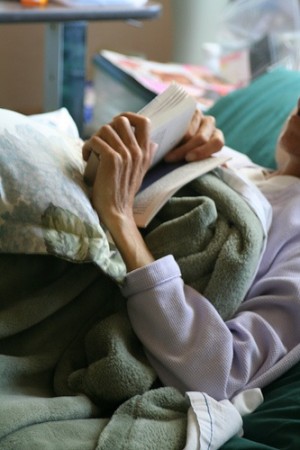By Rachel Dornhelm

More than a million Californians are living with cancer, and a new report from the California HealthCare Foundation (CHCF) takes a look at how the disease has affected the population over time.
Stephanie Teleki, senior program officer at CHCF, says some of the most welcome news is about childhood cancers. While the likelihood of a child developing cancer has crept up, the rate of children in the state who die from cancer each year has decreased 21% over the last two decades.
Overall -- looking at kids and adults -- cancer mortality rates have fallen 22 percent since 1989 and rates of new cancer diagnoses have dropped 9 percent.
On the more sobering side, the report found persistent disparities across race. For instance the mortality rates in California for African Americans were 30 percent to 90 percent higher than in other groups for all cancers. And despite the fact that whites are more likely to be diagnosed with breast cancer, African Americans' death rate from the disease is 40 percent higher. The inequity holds for prostate cancer, too: black men are two times more likely to die from that disease than whites.